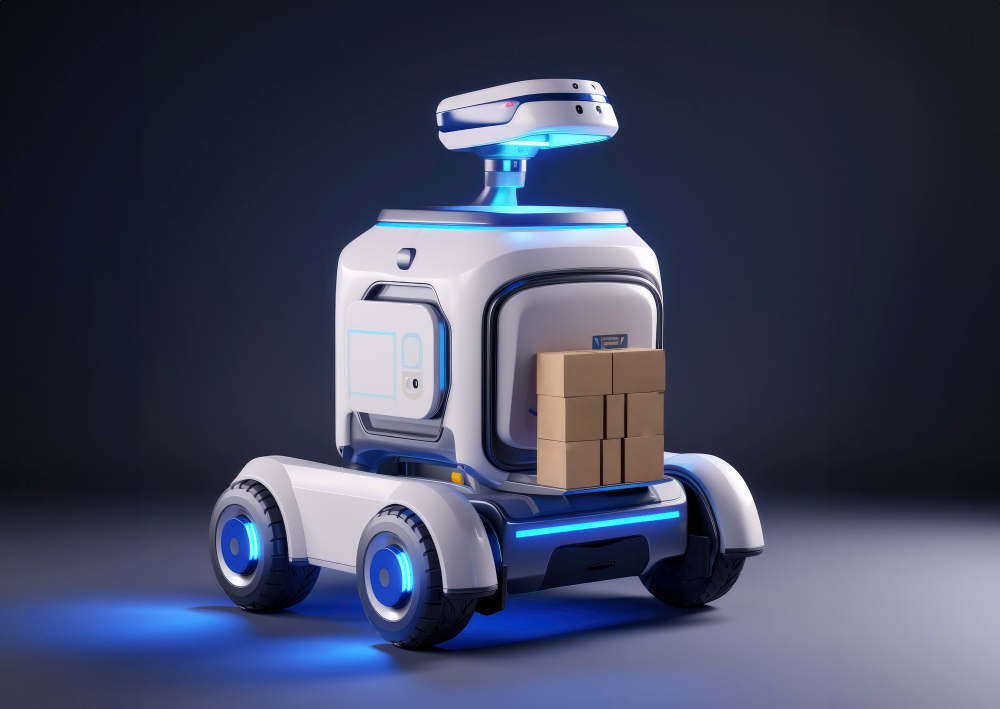To help reduce their carbon footprint, industrial warehouses must use AI and automation. Automation involves using machines or software to carry out repetitive or complex tasks.
In a warehouse, automation is used in some of the following ways:
- Automated Storage and Retrieval Systems store and retrieve products to optimize space or energy consumption in a warehouse.
- Machine Vision identifies damaged goods and scans products for inventory management.
- Robotic Arms complete technical tasks precisely on an assembly line, such as car doors or small circuit boards.
- Warehouse Delivery Vehicles and Smart Conveyor Belts move products around a warehouse or load and unload items independently.
Automated warehouse technologies can be more environmentally friendly than traditional warehouses!
Many rechargeable, battery-powered technologies, such as warehouse delivery vehicles, replace fuel-burning forklifts and heavy machinery.

Smart warehouse systems help to reduce energy use, so we don’t need to keep lights on constantly or use as much air conditioning or heating.

These systems can significantly reduce the carbon footprint of industrial warehouses, which is especially important in helping companies achieve net zero energy goals.